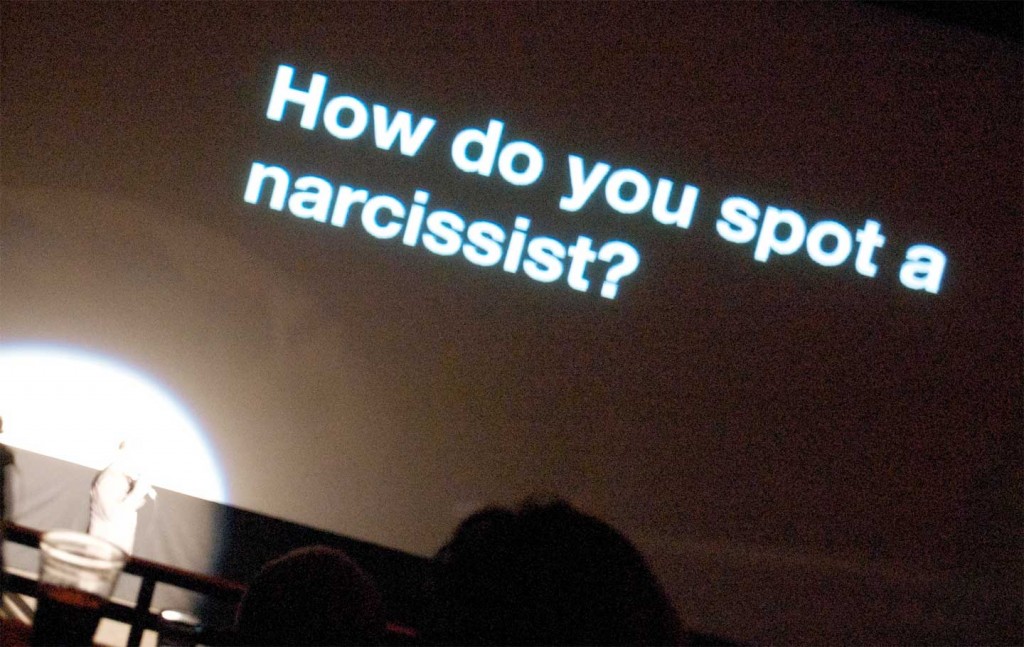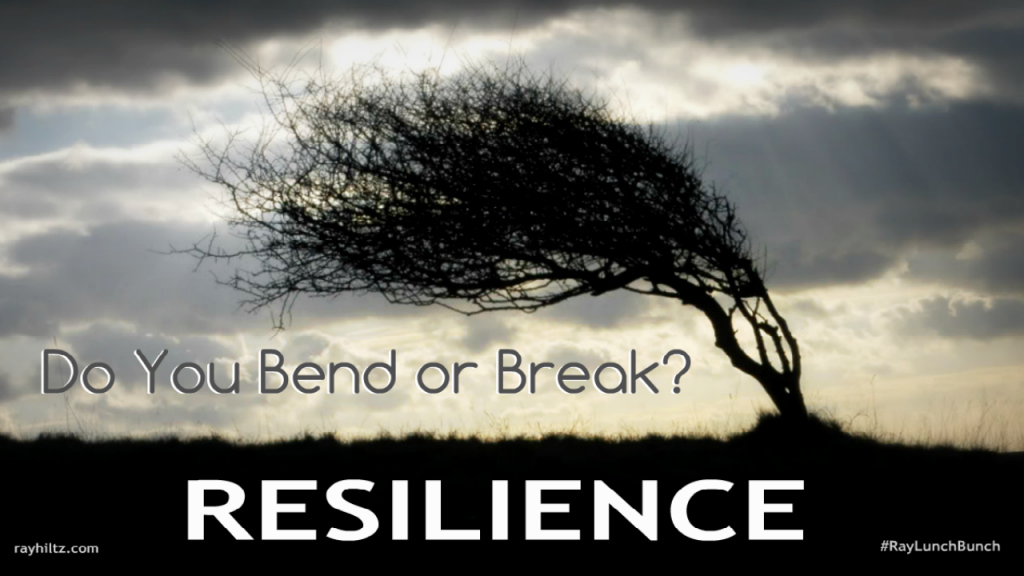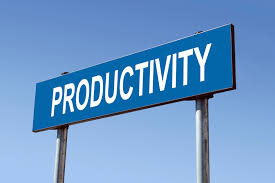When news broke of Rupert Murdoch’s decision to step down as chairman of both News Corp and Fox Corp, naming his eldest son Lachlan as successor, comparisons were inevitably drawn with fictional media mogul Logan Roy in the HBO drama Succession.
Brian Cox, the actor who brought Logan Roy to life in the series has since joked that Rupert Murdoch’s own succession plan had been inspired by watching too much of the TV drama. History doesn’t record, however, if Murdoch, like Logan Roy, despaired of his offspring’s leadership potential because they’re “not serious people”.
In real life, succession plans for senior executives should be a much more straightforward matter, but it is surprising how many companies are very poor at planning for a change of leadership.
The average business leader is also unlikely to be in their role for life. According to research from consultancy firm Korn Ferry, the average tenure of a CEO is only three to five years – and about 11% of newly appointed CEOs stay in the role for a year or less.
Clearly, succession planning is not something that can be put off, and plans need to be regularly updated to keep pace with a highly fluid labour market and an ongoing war for top talent.
Rather than a highly-charged power play, succession planning should be a continuous, transparent process – and not focused on just the top spot.
A pipeline of suitable internal candidates needs to be assessed and prepared to step into C-suite and C-minus-1 (or ‘V-suite’) roles, so that the entire management structure can be reset in the event of senior departures.
As executive search and advisory firm Russell Reynolds Associates notes, organisations are nearly twice as likely to have “an informal, reactionary approach to succession planning than a formal, proactive one”.
The company suggests starting with the following key focus areas for CEO succession:
- Define what you need in a CEO
- Assess the potential of internal candidates
- Assess the readiness of your potential CEOs
- Make CEO succession planning a constant for boards
But good leaders are made, not born, so potential candidates for top jobs also need to ready themselves for joining the C-suite.
Key to this is recognising that leadership is about people and, by implication, about communication. Good leaders need to have a black belt in communication – from one-to-one chats with colleagues, to board presentations, to that big conference speech.
An effective succession plan should also take into account that we are all individuals. The process of developing leadership potential shouldn’t be a conveyor belt of identikit candidates, it has to constantly evolve, to keep pace with the changing social, educational and career backgrounds of each cohort of candidates.
One skill that will never got out of fashion is the ability to communicate well – to listen closely when others are talking, to show you care about what they’re saying, and to share your vision, goals and strategy in a compelling way.
And in an ever-more complex and fragmented business world, today’s leaders also need the ability to think on their feet – to have some improvisational skills.
Leadership candidates therefore need to develop their communication skills, in order to clearly articulate their personal vision of leadership. That takes effort, but the best leaders are able to make it look easy because they’ve put already the effort in.
To paraphrase Logan Roy: “You make your own reality. And once you’ve done it, everyone’s of the opinion it was all so obvious.”
To find out more about how to develop your own or your employees’ leadership potential and communication skills, look into an Executive Coaching course with Dynamic Presenting.










